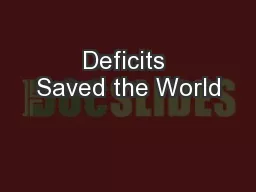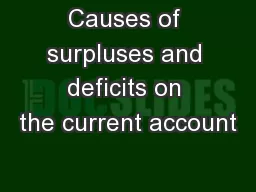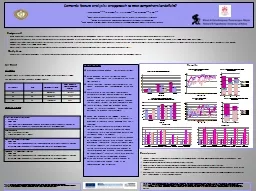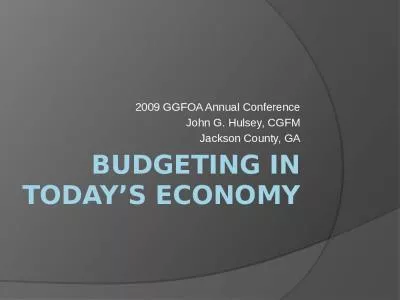PPT-Deficits Saved the World
Author : min-jolicoeur | Published Date : 2017-07-13
And then Went AWOL Stephanie Kelton PhD Economists for Peace and Security Bernard L Swartz Symposium Hyatt Regency Capitol Hill Washington DC November 17 2014 Who
Presentation Embed Code
Download Presentation
Download Presentation The PPT/PDF document "Deficits Saved the World" is the property of its rightful owner. Permission is granted to download and print the materials on this website for personal, non-commercial use only, and to display it on your personal computer provided you do not modify the materials and that you retain all copyright notices contained in the materials. By downloading content from our website, you accept the terms of this agreement.
Deficits Saved the World: Transcript
Download Rules Of Document
"Deficits Saved the World"The content belongs to its owner. You may download and print it for personal use, without modification, and keep all copyright notices. By downloading, you agree to these terms.
Related Documents














